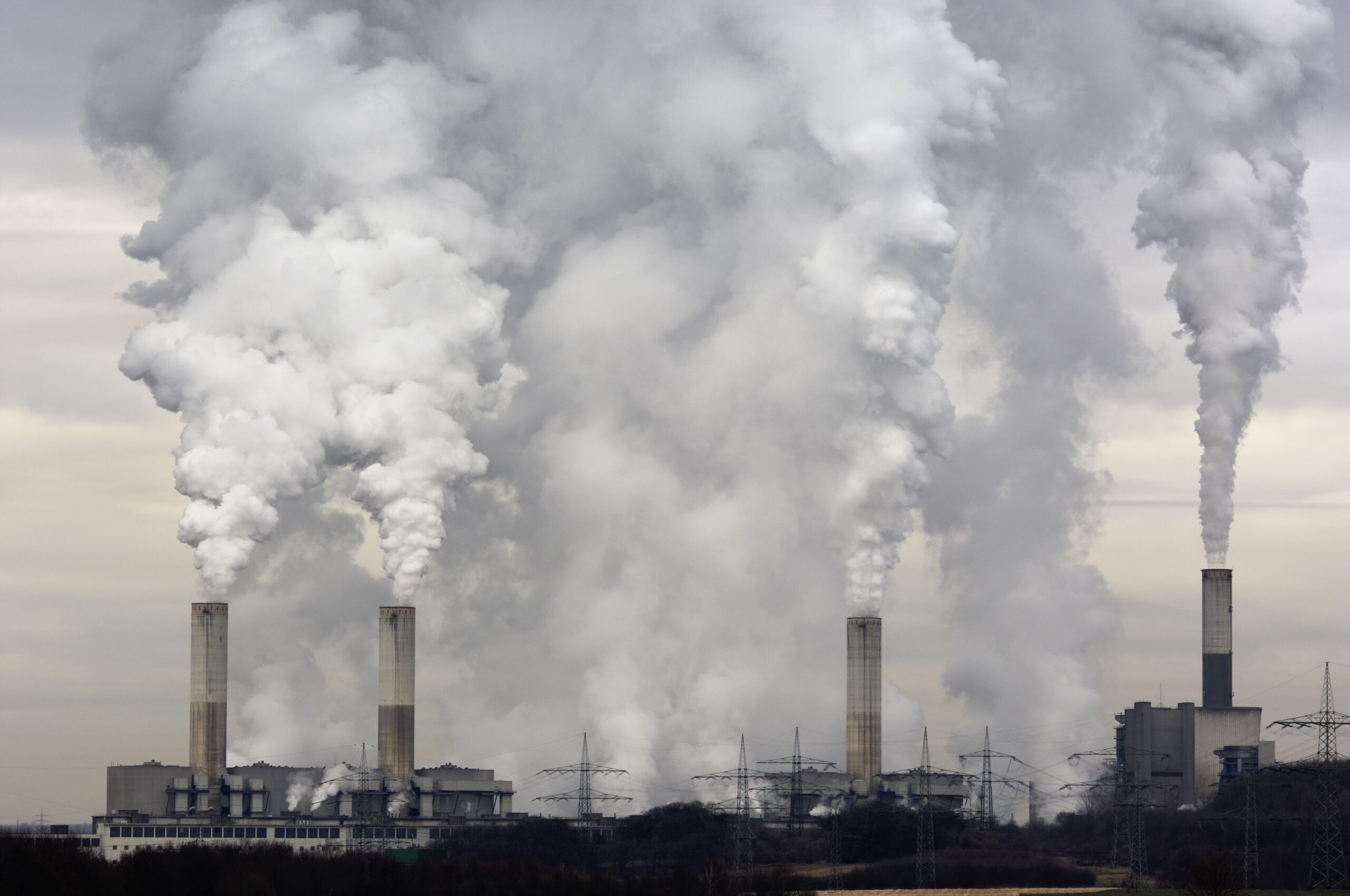Recovery of Environmental Remediation Costs Nixed by “Owned Property” Exclusion
Ohio companies spend millions of dollars each year cleaning up, or remediating, environmental pollution on their properties. Sometimes they are forced to do so because of federal or state EPA enforcement actions. Sometimes they do so voluntarily, so as to minimize or eliminate the possibility of future liability that the continued existence of pollution might create. In fact, Ohio has an environmental program called the “Ohio Voluntary Action Plan,” or “VAP,” which allows eligible participants a way to investigate possible environmental contamination, clean it up if necessary, and receive a promise from the State of Ohio that no more cleanup is needed.
Because of the extremely significant costs a company may face to remediate its property, companies often try to recover those costs from other sources, such as a former landowner that may have been responsible for some of the pollution. Another potential source is insurance coverage. A company may seek recovery under its commercial general liability (“CGL”) policy, contending that it has suffered “property damage” so as to warrant coverage.
Insurers often dispute environmental remediation coverage under their CGL policies, invoking pollution exclusions that have been developed over time and which exclude recovery for many of these kinds of claims. However, there is another, lesser-used exclusion that can come into play. It is known as the “owned property” exclusion and it appears in virtually all CGL policies. This exclusion provides that there is no coverage for property damage that occurs to “property owned or occupied by or rented to the insured.”
The Fourth Appellate District just issued its decision in Garrett Well, LLC v. Frick-Gallagher Manufacturing Co., 2021-Ohio-160, in what appears to be the first application of the owned property exclusion in an environmental remediation situation by an Ohio appellate court. There, an insurer declined coverage for an insured’s remediation costs to remediate pollution on its property, which it did through the Ohio VAP program. The insured argued that the exclusion should not apply because there was a threat of the pollution migrating off-site so as to potentially injure adjoining properties. The insured also argued that eliminating the further risk of harm to the public and the surrounding environment justified a determination that the exclusion should not apply. Finally, the insured claimed that the exclusion should not apply in situations where an insured participates in the Ohio VAP.
The appellate court rejected these arguments, applying the plain language of the exclusion. In doing so, it agreed with the reasoning of a decision issued by a trial court in a different case, the only other Ohio case that appears to have weighed in on this issue. Concluding that the clean-up related only to the insured’s own property, and finding no evidence of actual off-site migration of the pollution to adjoining lands, the court determined that the potential or threat of such migration, even if imminent, and the insured’s decision to eliminate or minimize that threat, could not be the basis for rejecting a simple application of the exclusion. Likewise, the insured’s participation in the Ohio VAP did not affect the exclusion’s enforceability.
Given this development, Ohio companies can now expect insurers to closely scrutinize environmental remediation claims to determine whether the owned property exclusion constitutes another justifiable basis for declining coverage for such claims.


